Humans and Robots
Perhaps this is the most important question about humans and robots. Can humans and robots coexist on this world? There are already robots in our homes and there are certainly robots in our workplaces. So, there is some relationship already. Some people are already very attached to their bots.People dress up Roombas as pets and give them names. Other folks become so attached to their robotic companions they have funerals when they cease to function. And, according to the article that inspired this post, people are very reluctant to even cause harm to a robot.
Personal Experience with Robots
There is something in human nature that makes us attach human attributes to those machines around us. Seems very weird, but I have seen this occur in my life. I have several robots in my office that I use for educational workshops and presentations. Maybe its hard to admit, but I would be very sad to see one of them break. I don’t think I would hold a funeral for my Tetrix robot, but I would miss having it with me for presentations.
My little humanoid robot will be the hardest to see go to the great robot beyond. Possibly that is because it talks and seems to relate to humans around it. Yes, I know its a machine that is programmed to act that way, but still it has become one of my favorite bots.
Robots in the Home and at Work
It seems likely as robots are put into homes, they will become companions to their owners. Relationships will develop. It is not as clear to me that robots in the workplace will be perceived in the same way. On the other hand, military robots have become very popular with the soldiers they work with in the field. Robots are given names and sometimes the robot have the names painted on them. The robots that seek out explosives and mines are seen by the personnel as members of their units. They are missed or even mourned if they become damaged or destroyed. This has been documented in situations in the recent Middle East wars.
So, what can we make of this. Will robots become companions or even friends as they become more commonplace in homes and work? Does it make a difference if the robot is humanoid? These are difficult questions to answer and research will need to be done to see how this could effect robot use.What do you think about this? Let me know by leaving a comment.
The robots have arrived but will we ever live in harmony with them or will we remain suspicious of their intentions?
Source: Intelligent machines: Will we accept robot revolution? – BBC News
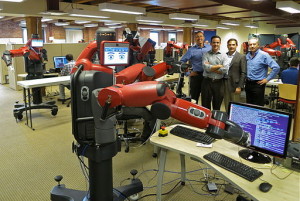
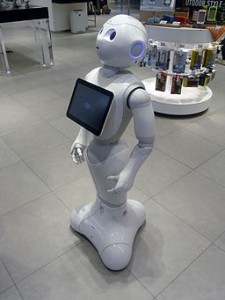
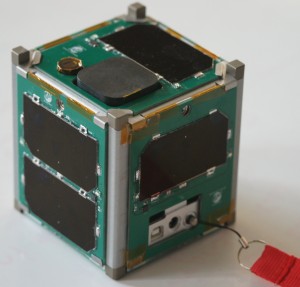
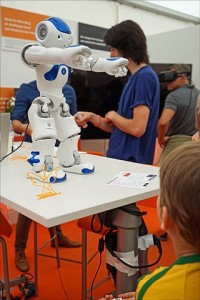
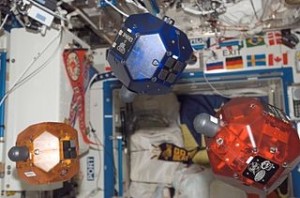


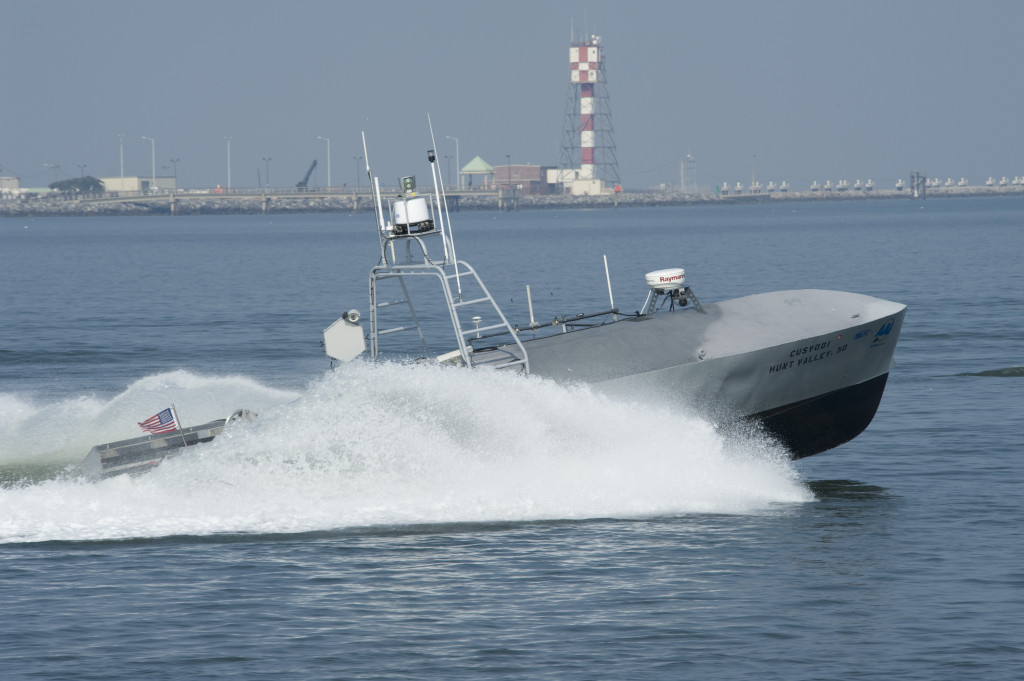
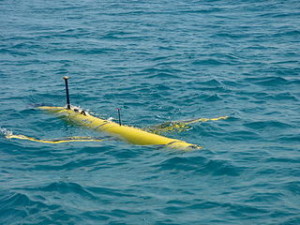
%20Global%20Nav%20-%20About%20Us%20-%20Offices%20-%20TTO%20-%20TTO%20Featured%20Content%203_287_228.png)
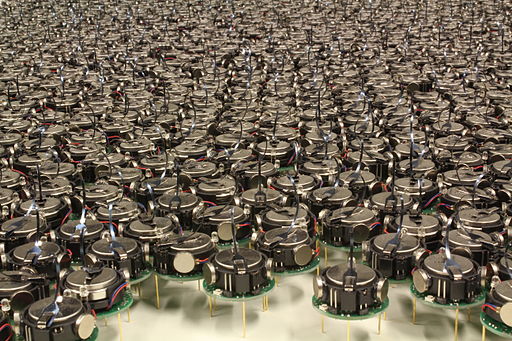
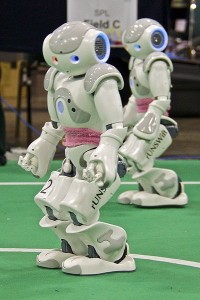
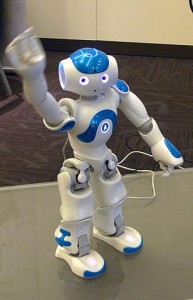



Recent Comments